Loading...
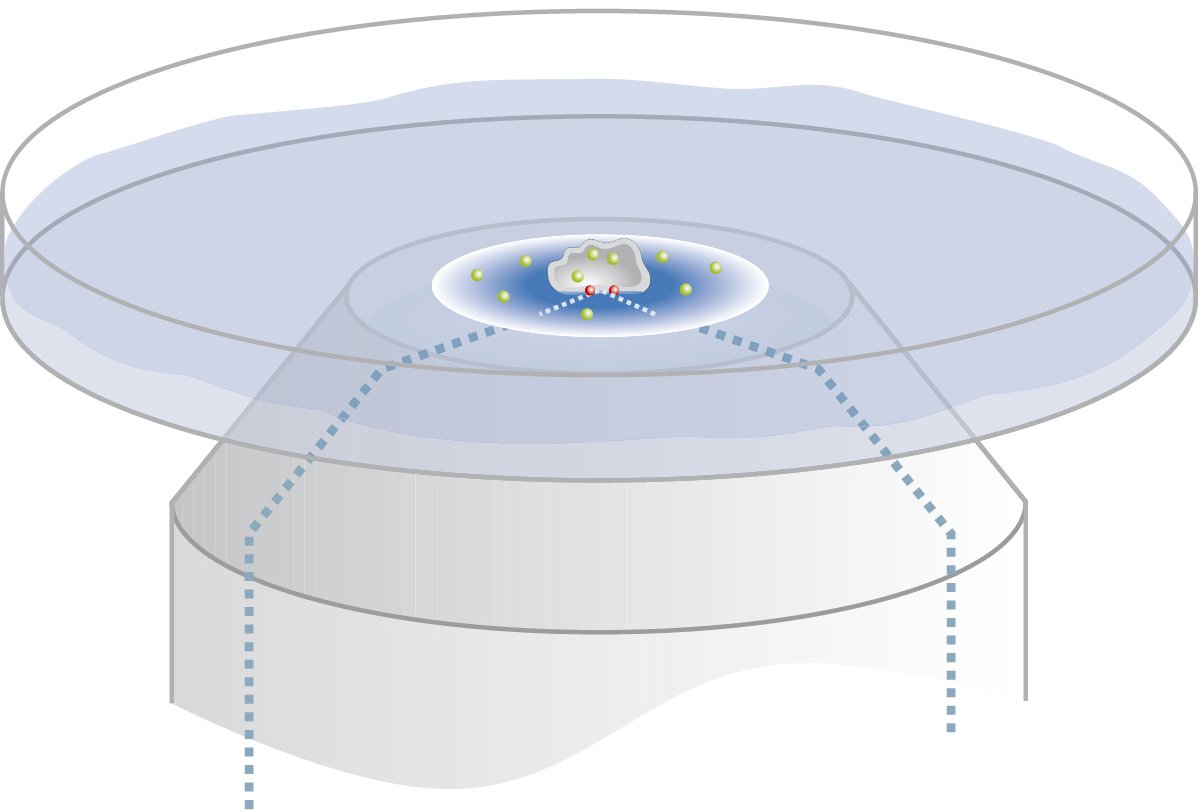
Controlling the TIRF Penetration Depth is Mandatory for Reproducible Results
The main feature of total internal reflection fluorescence (TIRF) microscopy is the employment of an evanescent wave for the excitation of fluorophores instead of using direct light. A property of the…
Loading...
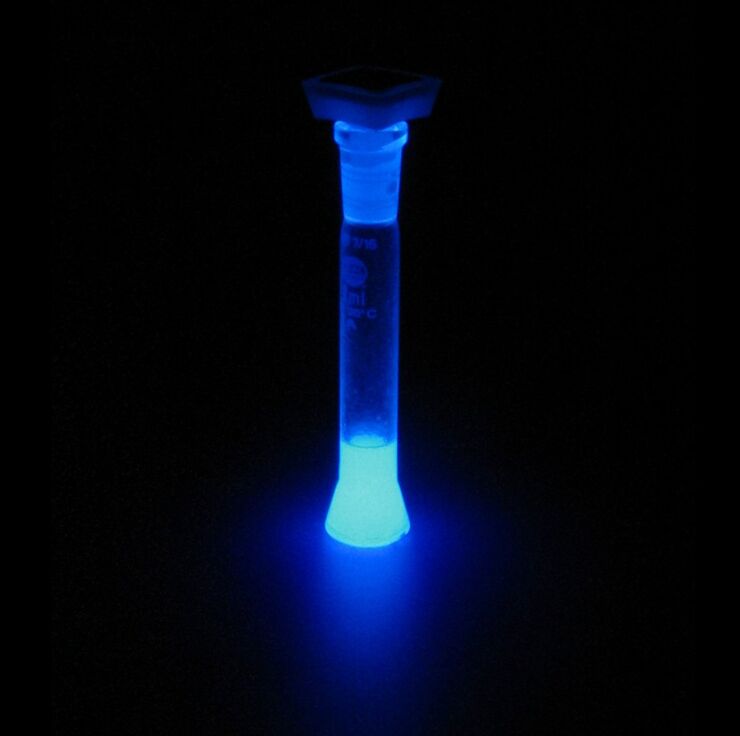
冷发光基础原理
自然界中有许多发光过程。冷发光是一系列发光现象的统称,是指不因高温而引发的发光事件。本文描述了不同形式的冷光并对荧光进行了详细介绍。在第二部分解释了描述荧光色素的相关技术术语,如淬灭、漂白或量子效率,以便对荧光分子的基础特性有更深入的了解。
Loading...
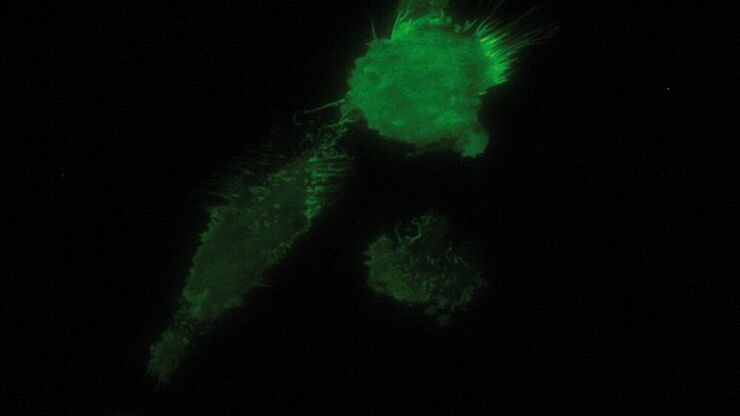
Total Internal Reflection Fluorescence (TIRF) Microscopy
Total internal reflection fluorescence (TIRF) is a special technique in fluorescence microscopy developed by Daniel Axelrod at the University of Michigan, Ann Arbor in the early 1980s. TIRF microscopy…
Loading...
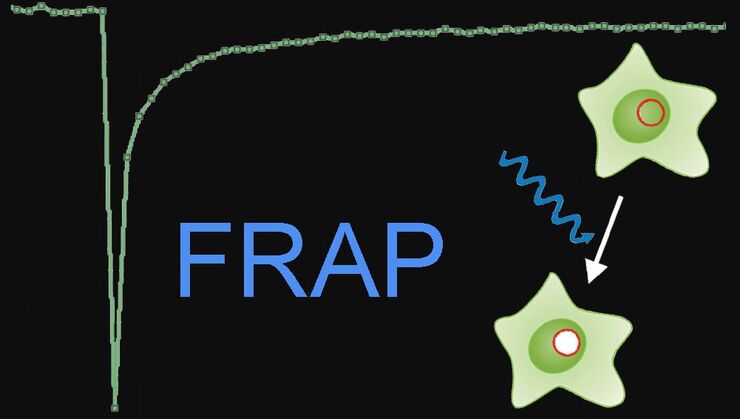
Fluorescence Recovery after Photobleaching (FRAP) and its Offspring
FRAP (Fluorescence recovery after photobleaching) can be used to study cellular protein dynamics: For visualization the protein of interest is fused to a fluorescent protein or a fluorescent dye. A…
Loading...
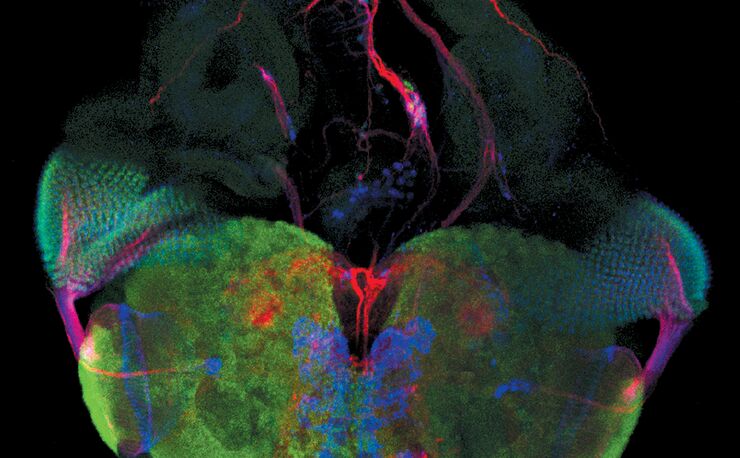
荧光入门介绍
荧光是George Gabriel Stokes于1852年首次报道的一种现象。他观察到萤石在紫外线照射后开始发光。荧光是光致发光的一种形式,是指一种材料被光照射后会发射出光子。发射光的波长比激发光更长。这种效应又称为斯托克斯位移。
Loading...
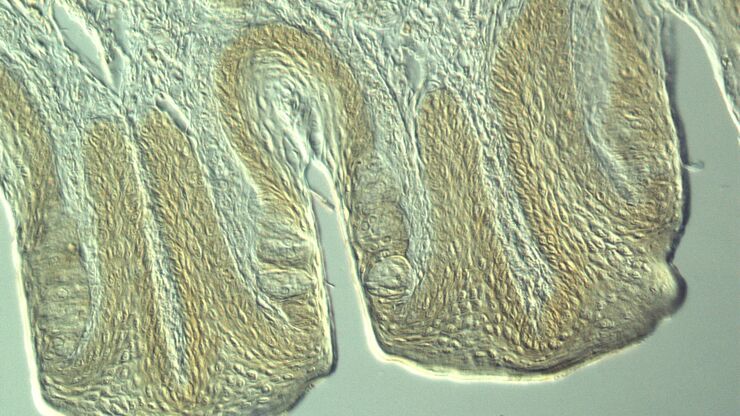
Optical Contrast Methods
Optical contrast methods give the potential to easily examine living and colorless specimens. Different microscopic techniques aim to change phase shifts caused by the interaction of light with the…
Loading...
![[Translate to chinese:] Modulation contrast visualizes transparent, low-contrast specimens. [Translate to chinese:] Modulation contrast visualizes transparent, low-contrast specimens.](/fileadmin/_processed_/9/d/csm_Modulation_contrast_visualizes_transparent_low-contrast_specimens_3b140fa80d.jpg)
集成调制对比度 (IMC)
霍夫曼调制对比已成为观察未染色、低对比生物标本的标准。其创新的技术实现大大简化了操作,提高了使用的灵活性。将调制器集成到现代倒置显微镜的光束路径中,就可以使用各种明视野或相位物镜,而无需选择少量专用物镜。
Loading...
![[Translate to chinese:] Transgenic Mouse Embryo, GFP [Translate to chinese:] Transgenic Mouse Embryo, GFP](/fileadmin/_processed_/f/6/csm_Transgenic_Mouse_Embryo_GFP_e5a2d10fb2.jpg)
显微镜中的荧光
荧光显微技术是一种特殊的光学显微镜技术。它利用的是荧光色素在一定波长的光激发下发光的能力。通过抗体染色或荧光蛋白标记,可以用这种荧光色素标记感兴趣的蛋白质。这样就可以确定单分子物种的分布、数量及其在细胞内的定位。此外,还可以进行共定位和相互作用研究,使用可逆结合染料(如 Ca2+ 和 fura-2)观察离子浓度,以及观察细胞的内吞和外吞过程。如今,利用荧光显微镜甚至可以对亚分辨率颗粒进行成像。

![[Translate to chinese:] Jellyfish Aequorea Victoria [Translate to chinese:] Jellyfish Aequorea Victoria](/fileadmin/_processed_/7/8/csm_Aequorea3_03_5f0d7319f4.jpg)